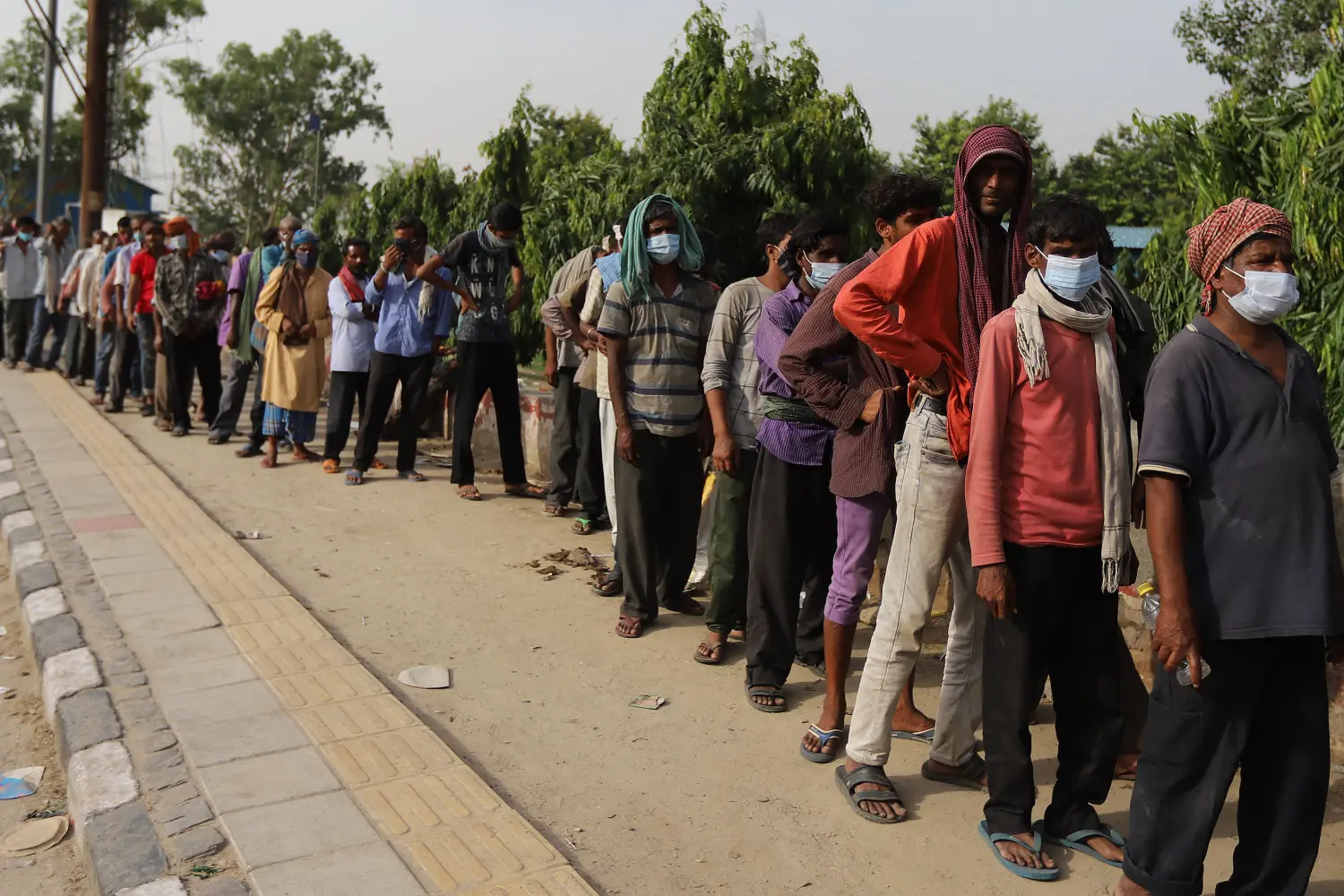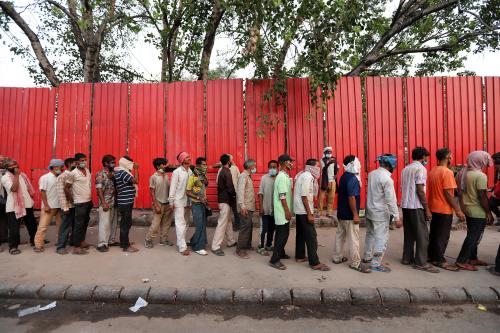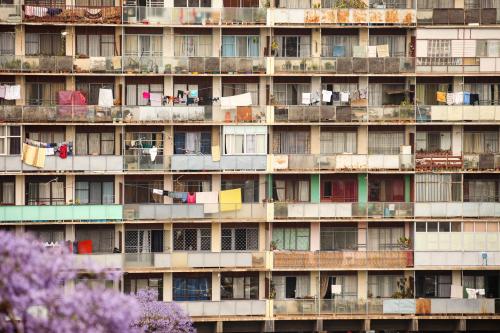Introduction
The short-term economic and well-being costs of COVID-19 have been severe. Though we hope the pandemic will be a temporary shock, in the interim it has pushed many vulnerable households living at the margins back into poverty. Due to lockdowns and social distancing measures, people have lost jobs and livelihoods, leaving them unable to pay for housing and food. Schools have been closed and some children may not return, shutting off one of the main pathways out of poverty for low-income children. Women and girls have been especially impacted by these school closures. Mothers at all socio-economic levels have dropped out of the labor force to supervise online learning and care for children and older relatives, and many will not reenter. Even before the pandemic, women and girls of reproductive age were overrepresented among the poor, making these setbacks all the more concerning.1
We likely will not know the full impacts of COVID-19 on poverty for a few years, as most poverty data comes from household surveys, which have been difficult to carry out during the last year. However, we do know that economic growth is the largest driver of poverty reduction. Conversely, economic recessions drive a rise in poverty, other things being equal. In 2020, however, other things were not equal; national and local governments were able to mitigate the impact of COVID-19 on their poorest people to varying degrees and assessing the economy-wide impact of these measures cannot yet be done systematically. What can be done at this juncture is to use new estimates for economic growth through 2030 to capture the potential impact of COVID-19 on poverty in the long run.
For example, some countries, like India, saw a substantial fall in economic activity in 2020, but are expected to see a strong economic recovery in 2021, despite the recent fresh wave of infections. India, in our view, will soon return to its pre-COVID-19 poverty trends. Other countries, like Nigeria and the Democratic Republic of the Congo, will likely be slow to recover, and could experience low growth for the next decade. As a result, they may see higher poverty headcounts in 2030 than in 2019.
While these facts are sobering, this long-term poverty stagnation is not inevitable. Countries have responded to the pandemic with a number of social protection measures to try and protect the most vulnerable. There has been a proliferation of mobile cash transfer programs, taking advantage of big data and machine learning to better target those in need. The needs are great, but not insurmountable; the amount needed to lift people out of extreme poverty is less than the current annual official development assistance (ODA) budget. Eliminating extreme poverty will increasingly depend on better targeting as well as greater resource mobilization. We believe that geographic targeting of specific people in specific places offers considerable potential.
-
Footnotes
- Munoz Boudet et al. (2018). “Gender Differences in Poverty and Household Composition through the Life-Cycle: A Global Perspective.” World Bank Policy Research Working Paper No. 8360.







